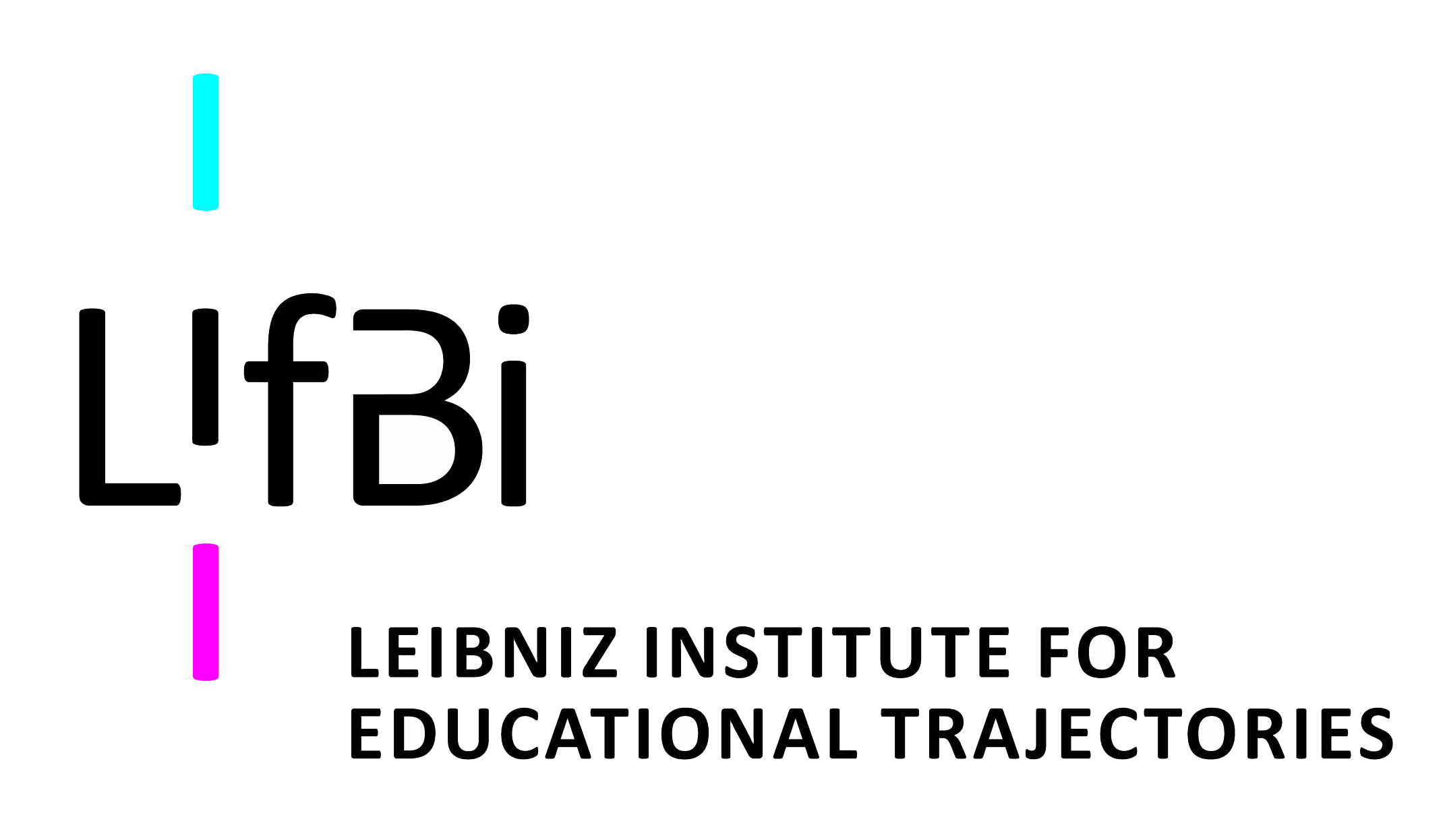News, Blogs & Events
Stop Start Report
Earlier this month the Stop Start report was published by the Sutton Trust [1]. Sure Start childrens centres were a key initiative by the Labour Government between 1998 and 2010 to bring together young childrens and family services that were accessible and within "pram-pushing" distance in disadvantaged areas. Since 2011, funding, focus and services have been reduced.
The report findings are clear:
- Over 1,000 centres have been closed, there were 3,632 in 2009 and only 2,437 in 2017.
- A number of local authorities have merged childrens services and wider childrens services, changing the focus from 0-5 to 0-19 year olds.
- There has been a 'hollowing out' of services, where provision is spread across multiple sites and/or targeted at referred families rather than drop-in services.
- Further closures and funding reductions are planned in the year to come.
Such findings and reports are not unique. Across most local services we see the evidence of austerity cuts and it should be highlighted that local authorities are not solely to blame here. The Stop Start report highlights the creativity and dedication of authorities to source funds and make the best of a dire situation, born from the withdrawal of central goverment funding. Some childrens centres have been moved into other public spaces, such as libraries. Weve seen a parallel between childrens centes and libraries in the effort to preserve them by broadening their focus, making them multi-purpose buildings and stretching resources across multiple/linked sites, however, this has not made them austerity-proof [2,3]. The Stop Start report highlights a significant under-reporting of childrens centres by offical figures and we see a similar under-reporting with the closure of local libraries, in 2016 the BBC compiled data through several FOIs and found 343 libraries had been closed compared to the 110 that was reported by the government [4].
It almost goes without saying the importance of child development and early years support for later educational and life outcomes. This was the original aim of Sure Start, to help giving all children the best possible start in life and the programme has undergone a number of national evalutation to assess the impact its had [5,6]. While a direct impact on educational attainment hasnt been found its benefits to families in terms of less disruptive home lives, improved social skills and support are clear. The problem here is not that childrens centres dont have a positive impact or lack of evidence, its sadly a combined issue of greater need elsewhere and financial constraints.
The concept of prevention is better than cure is a common theme in healthcare, that through proactive care and public health guidance we can reduce later development of disease and early mortality. Early years interventions such as childrens centres are exactly that, preventative support. Like with health care we see reallocation of funds and resources from preventative and community-based intervention to triage the unmeetable demand from high need groups. This is not to say that this demand and need should be ignored, we are well aware of the strain and issues that departments such as housing and social services face, but that there appears to be limited considreation for the long-term impact of diluting preventative support on local communities and services. will this diluting, change in docus and reallocation just create even greater high need demand further down the line? Has the change of focus to targeted families actually worked, is it really helping them? How are any of the changes to childrens centres being monitored and evaluated? Most importantly, is any of this sustainable?
Positively the report has brought about another round of support for childrens centres, with families, centre staff and charities shating experiences and case studies of the contribution and impact these childrens centres have. Where to channel and target this positive support is now the key question, will government listen to this latest report or is each centre going to have to be fought for by individual communities and groups [7]. Either way with more closures looming [8] it feels like a pivotal moment for childrens centres.
Last modified: Fri, 01 Jun 2018 13:11:37 BST





